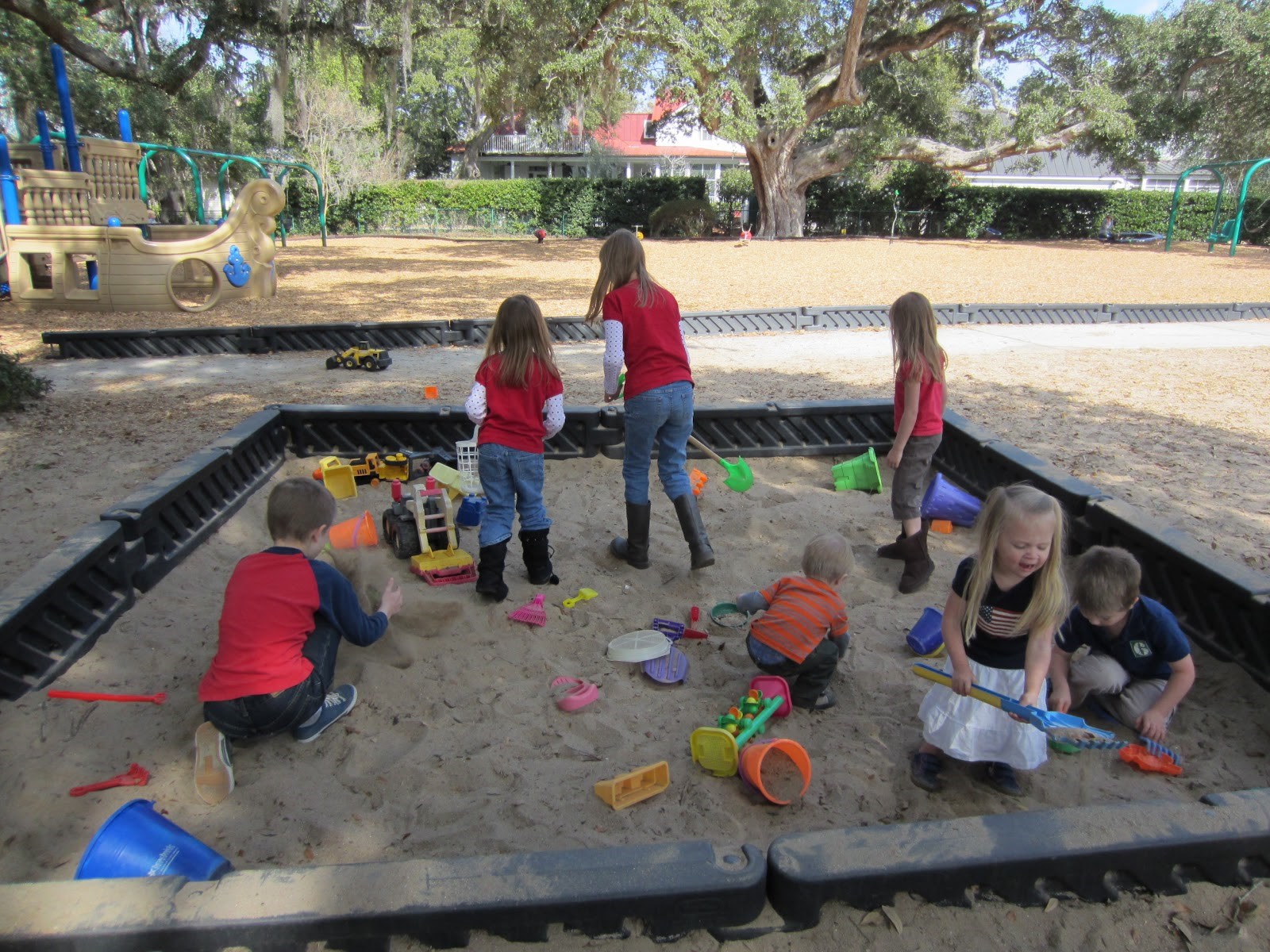What is Going on in Your Sandbox? September 14, 2018
(You can read the original article at The USA Daily Times)
You have taken your young children to the local park for some outdoor play time. You loaded the car with balls, Frisbees, and all those toys kids play with in a sandbox. They gravitate to the sandbox along with fifteen or twenty children already playing there, and you sit down on the park bench to read a book or sort through your emails.
It is a beautiful, comfortable day, dogs are barking, birds are singing, people are talking, children are laughing and having fun, but then you hear “that’s mine, you can’t have it.” Soon there is yelling and screaming, even crying. You sense tempers are rising, you see grabbing and scuffling taking place in the sand. You worry one of your children is involved in this miniature war playing out in this boxed-in beach of the local park. You run to the sandbox to ensure one of yours is not losing the battle.
Oh my gosh, the three combatants are all YOUR children! Johnny decided he wanted the red pail instead of the yellow one, so he grabbed it out of sister Mary’s hand. She would not let go and they engaged in a tug-of-war over the red pail. Mary wins so Johnny gets revenge by stomping on the small sandcastle she made and breaking her shovel. Sister Jane comes to Mary’s rescue and shoves their brother to the ground. Johnny jumps up and throws sand at his sisters.
You have a few choices at this point. You can tell Johnny he will be joining you on the park bench watching his sisters having fun with all the toys; you can switch everything so Jane gets the red toys, Johnny the blue, and Mary the yellow; you can give Johnny the red toys he wants and his sisters get the remaining colors; you can explain that the reason you gave each of them a different color is you wanted everything to be equal and fair; or you can load everyone and everything into the car and take them home. What is the right solution? Which strategy produces harmony and meets their expectations?
While it seems a juvenile (pun intended) example, this still happens in families when the children become adults. In fact, this sandbox incident may be festering in and playing out in the family. They have never let it go. We assume children will grow out of these behaviors and attitudes, but they do not.
Now the sandbox is bigger and holds more toys and a lot more sand. The toys are more alluring, desirable, and of much greater value. Some of the toys are so big and complex they cannot easily be divided into equal shares, and some are more valuable than others. Now it is not a fight over one pail, but how to get the most pails, no matter the colors, just so one sibling gets more than anyone else. Additionally, there is a fight over who controls the sandbox. The sandbox monarch decides who plays or does not play in the sandbox. This is important because the sandbox can generate revenues by charging for sandbox benefits, thus providing income and greater value for the monarch at the expense of the subjects. Even if all the children get a share of the sandbox, control of the sandbox has great value.
Here is my point. Every family’s sandbox holds two items that are in conflict; people and toys. Sometimes the toys cause problems between the people. Other times, problems between the people can cause the destruction and loss of the toys. The solution—get the help of a sandbox coach experienced in working with toys and people because it is highly probable that sandbox is also a minefield. Non-professionals trying to disarm highly technical explosives risk blowing up the entire sandbox and everyone in it.
So, what is going on in your sandbox?
Kip Kolson is the president of Family Wealth Leadership, a multi-family office and family coaching firm, and author of You Can Have It All; Wealth, Wisdom, and Purpose—Strategies for Creating a Lasting Legacy and Strong Family. You can order your copy at Amazon or email info@familywealthleadership.com
Website: www.familywealthleadership.com Return to Learning Hub to read other articles.

